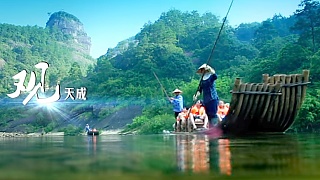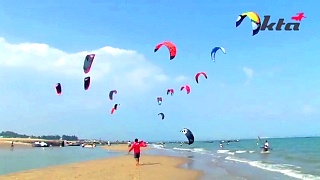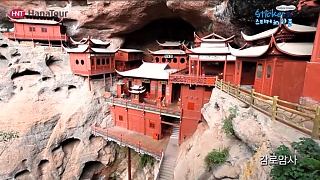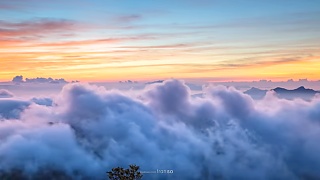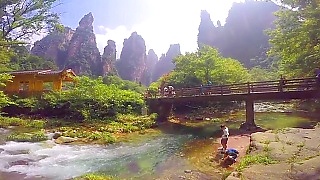
|
With MisterVaughn ...
ChaoYang Park (Sun Park) visitor guide
Overview
ChaoYang Park, also known as Sun Park, is one of Beijing's largest and most popular parks. Located in the bustling ChaoYang District, this expansive green space offers a perfect retreat for both locals and tourists. The park features beautiful landscapes, recreational facilities, cultural attractions, and numerous activities for visitors of all ages.
History
ChaoYang Park was opened to the public in 1984 and has since become a significant recreational area in Beijing. The park's development aimed to provide a green oasis in the city and offer a variety of leisure activities. Over the years, it has hosted numerous cultural and sporting events, further enhancing its popularity and importance.
Main Attractions
Sunken Garden
The Sunken Garden is a beautifully landscaped area featuring a variety of flowers, shrubs, and trees. This tranquil spot is perfect for leisurely walks and offers a peaceful escape from the city's hustle and bustle. The garden is especially stunning during the spring and summer months when the flowers are in full bloom.
Lake and Boat Rides
The park's central lake is a popular spot for boating and water activities. Visitors can rent paddle boats, rowboats, and even electric boats to explore the serene waters. The lake is surrounded by scenic walking paths and is a great place to relax and enjoy the natural beauty.
ChaoYang Theater
ChaoYang Theater is famous for its traditional Chinese acrobatic performances. The theater offers daily shows that showcase the incredible skills and talents of Chinese acrobats. These performances are a must-see for visitors interested in Chinese culture and entertainment.
Children's Amusement Park
The children's amusement park within ChaoYang Park features a variety of rides and attractions designed for younger visitors. From carousels to roller coasters, the amusement park offers plenty of fun and excitement for kids and families.
Fitness and Sports Facilities
ChaoYang Park offers numerous sports facilities, including tennis courts, basketball courts, and a running track. There are also several outdoor fitness areas with exercise equipment. These facilities are popular among fitness enthusiasts and provide a great way to stay active while enjoying the park's beautiful surroundings.
Culture and Traditions
ChaoYang Park is a hub of cultural activities and events. Throughout the year, the park hosts various festivals, exhibitions, and performances that celebrate Chinese culture and traditions. Visitors can experience traditional music, dance, and art, as well as modern cultural events.
Activities and Experiences
Boating
Rent a boat and enjoy a relaxing ride on the park's central lake. Boating is a popular activity in ChaoYang Park, offering a peaceful way to take in the scenic views and enjoy the fresh air.
Picnicking
The park's expansive lawns and shaded areas make it an ideal spot for picnicking. Visitors can bring their own food or purchase snacks from the park's vendors and enjoy a meal surrounded by nature.
Walking and Jogging
ChaoYang Park features numerous walking and jogging paths that wind through its diverse landscapes. Whether you're looking for a leisurely stroll or a vigorous jog, the park offers a variety of routes to explore.
Photography
The park's beautiful landscapes, vibrant flowers, and serene lake make it a perfect destination for photography enthusiasts. Capture the natural beauty and the lively atmosphere of ChaoYang Park through your lens.
Attending Events
Check the park's event calendar for upcoming cultural events, festivals, and performances. Attending these events is a great way to experience local culture and enjoy unique entertainment.
Accommodation
While there are no accommodations within ChaoYang Park itself, the park is located in a bustling district with numerous hotels and guesthouses nearby. Visitors can choose from a range of options to suit different preferences and budgets, from luxury hotels to budget-friendly hostels.
Travel Tips
Best Time to Visit: The best time to visit ChaoYang Park is during spring (April to June) and autumn (September to November) when the weather is pleasant, and the park is at its most beautiful.
Getting There: ChaoYang Park is easily accessible by public transportation. The nearest subway station is Tuanjiehu Station on Line 10. The park is also well-served by several bus routes.
Opening Hours: The park is open daily from 6:00 AM to 10:00 PM.
Entrance Fees: There is a nominal entrance fee for the park. Additional fees may apply for specific attractions and activities, such as boat rentals and amusement park rides.
Dress Comfortably: Wear comfortable clothing and shoes suitable for walking and outdoor activities. The park is quite large, and you'll likely spend several hours exploring.
Stay Hydrated: Carry water, especially during the summer months. There are also several vendors and kiosks throughout the park where you can purchase drinks and snacks.
Respect the Environment: Help keep the park clean by disposing of litter properly and respecting the natural surroundings. Avoid disturbing wildlife and follow park regulations.
|
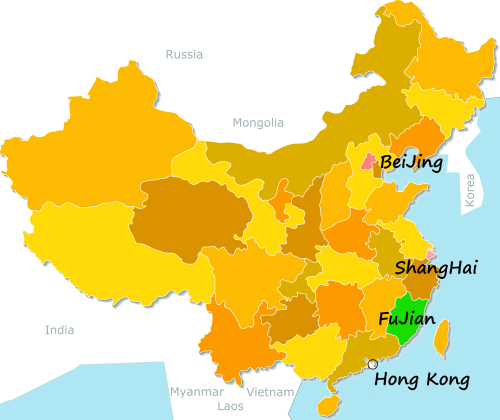
 A visual guide to QuanZhou 泉州, FuJian province
A visual guide to QuanZhou 泉州, FuJian province
